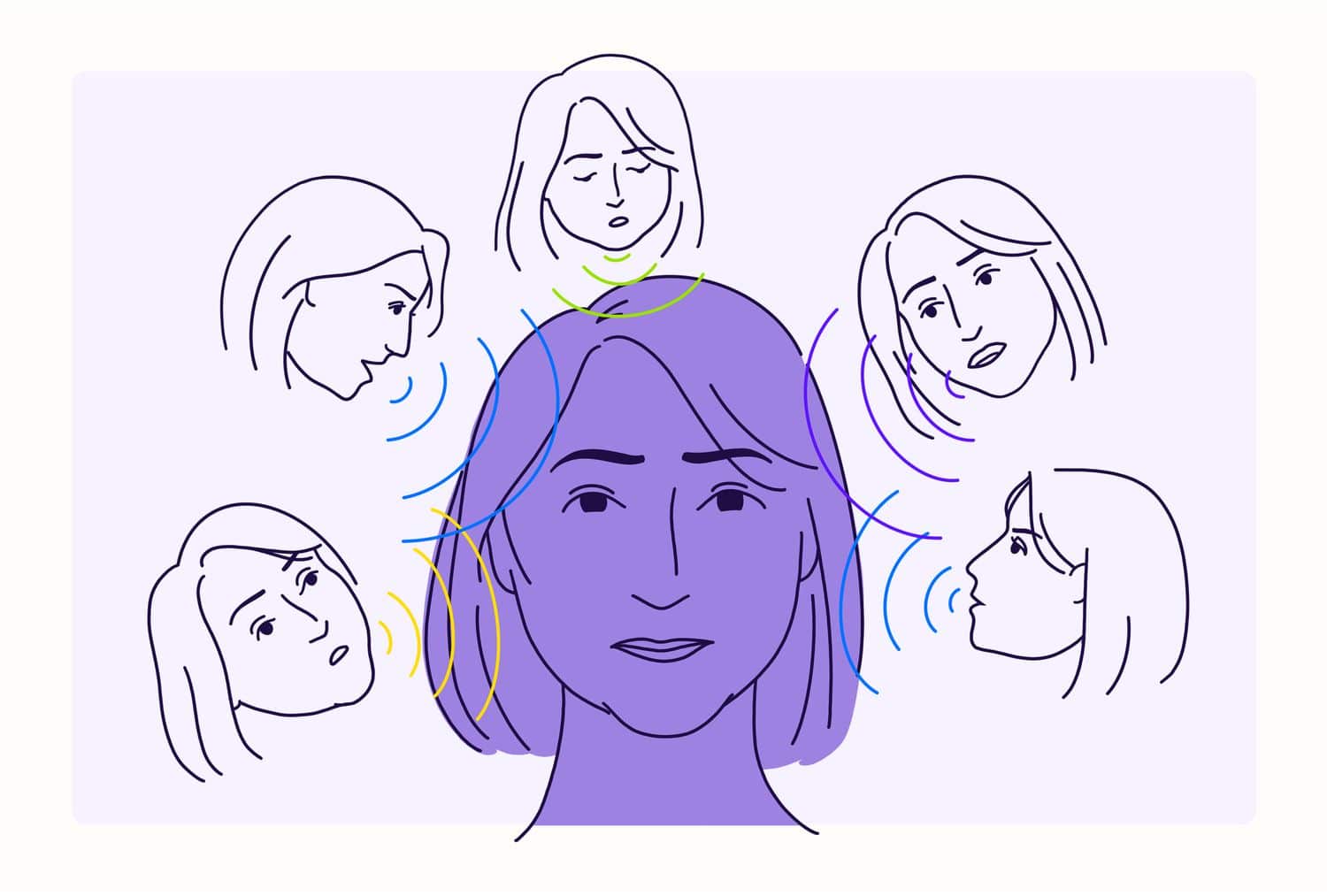Nursing Case Study Calculations
Nursing Case Study Calculations

- Read Case 12-2 of the textbook and answer the related questions using information gleaned in Chapter 12.
- What challenges in conducting business across cultural divides does this case demonstrate
Language barriers are a significant problem for international businesses or those conducting business across cultural divides. Even the most experienced companies still struggle with language barriers and run into problems with suppliers or partners. In this case, the language business between Bryan and the Chinese manufacturer creates miscommunications that threaten the business relationship and plans abroad. The dependence on software translation is also an issue because software translations can be inaccurate due to inconsistencies like improper tone usage, wrong word placement, or use of local slang and idioms. Cultural differences are also evident in this interaction, especially with the use of “Sweetheart…” at the beginning of a sentence, which might be a direct translation of how Chinese people approach a sentence or an interaction in their culture.
- What specifically would you suggest to Bryan as the next step?
I would recommend using a human translator with immense experience and understanding of both languages and cultures. Human translators have higher accuracy and can understand beyond words, including local slang, intonation, cultural norms and practices, and word formations (Way, 2018). Talking on the telephone with a human translator on speaker would help resolve the language barrier hindering communication and putting the business relationship at risk. I would also advise Bryan to take lessons and learn the Chinese language and culture because, in the future, he might engage with more Chinese partners, suppliers, and manufacturers.
- Read Case 12-3 and write the 3-page team memo (individually, not as a team).
Memo
TO: Human Resources Manager
FROM: Human Resources Training Specialist
DATE: March 17, 2023
SUBJECT: Preparing for Sonora
I am writing to inform you regarding the criteria for selecting managers and the training program that will be adopted as the company prepares for Sonora. Based on my knowledge and experience of the two cultures, although the US and Mexico are neighboring countries, there have significantly different cultures that impact business and interactions. Extending our business to Sonora would require an understanding of the Mexican culture and the differences between the United States and Mexico in business.
Criteria for Selecting Managers
Managers transferring from the US to Mexico would experience a culture shock due to the variation in cultures of the two countries. Therefore, managers selected should demonstrate intercultural management skills, preferably having some form of previous interaction or experience of the Mexican culture and people. The manager should be flexible and accepting of changes because of the potential cultural shock. Another criterion would check whether a manager can communicate clearly and effectively with colleagues from different backgrounds, given that our current working environment is already diverse with employees from different ethnic groups and nationalities. The managers will also be assessed for their ability to build and nurture effective and efficient transnational teams and demonstrate strategic global thinking.
The manager is responsible for ensuring clear and coherent communication, free from intercultural misunderstandings between co-workers from the United States and Mexico. In this consideration, the managers will be assessed for their ability to display awareness to supervise employees’ entrance into a foreign work environment, oversee effective and appropriate selection, monitoring, and guidance of the company’s representatives serving foreign interests, and negotiate conflict emanating from the intercultural differences. Generally, managers will be selected under the following criteria 1) strong communication skills, including nonverbal communication, empathy, active listening, and conflict resolution; 2) independence, encompassing confidence, sense of initiative, decision-making, and self-knowledge; 3) problem-solving skills, including creativity, resourcefulness, troubleshooting, and case analysis; 4) adaptability, including cooperation, flexibility, and patient; 5) foreign language skills, with additional skills like critical thinking and sociability; 6) collaboration skills, including diplomacy, leadership, and positivity; 7) cultural awareness, including the understanding of similarities and difference between the US and the Mexican cultures.
Training Program
Cross-cultural training or cultural sensitivity training and education is necessary for transferees moving to Sonora. Despite cultural awareness being a selection criterion, more training and education are required to enhance cultural awareness and understanding and prepare transferees for the cultural shock, bolstering their ability to work effectively in a foreign country and sustain productivity. The training is also needed to improve communication and understanding between individuals of the two countries, minimize the potential for conflict at the workplace, help transferees adapt to the new culture, and enhance creativity and overall work quality. The training program will cover language learning, large cultural variations, nonverbal sensitivity, managerial philosophies, and organizational cultures. The training will also address cross-cultural adjustment strategies for employees and their families, business behavior and cultural etiquette, and strategies to manage cultural shock.
Language learning will introduce transferees to the Mexican official language to enable and enhance communication between transferees and local employees in Sonora. Language learning will generate a virtuous cycle of understanding each other and unite the two cultures. The transferees will learn to listen, read, and speak Spanish before moving to Mexico. Employees will also be educated about the large cultural variations between the two countries, including the interdependence and good for all attitude in Mexico, compared to the U.S., where people are more independent. Mexicans are less straightforward, with more use of idioms and poetic language, unlike Americans, who are more straightforward. Mexicans expect polite use of Jargon, including in email addresses. Mexicans tend to be more hierarchical, and Americans are more egalitarian, which can be a management issue. There is a tendency for Americans to value the self, while Mexicans value the collective. Additionally, Transferees should be prepared for the difference in foods and cuisines in Mexico. These aspects will be addressed during the cross-cultural training to make it easier for relocating employees to adapt to the Mexican culture.
Nonverbal sensitivity will help transferees recognize communication of feelings, intentions, and attitudes from nonverbal expressions of the voice, gesture, body posture, and voice. Fundamentally, employees should understand the difference in nonverbal expressions, considering that U.S. nonverbal gestures are more confrontational, and Mexicans could feel intimidated and uncomfortable. Mexicans communicate with gestures, and common gestures include touching arms and shoulders and patting backs when embracing. In Mexico, hugging and kissing when greeting is the norm to establish a rapport. There are gestures for agreement and disagreement, which transferees should learn and understand to make communication easier. Managing in Mexico can be a challenge, although not significant as before because cultures are converging. Management in Mexico is more hierarchical compared to the U.S., where the company is more decentralized. Employees also respect the hierarchies, and communication between managers and employees is more formal. Establishing trust is also a vital management attribute. Transferees should also learn about the political and legal differences in the Mexican system, which can be an obstacle to managing in Mexico. The training program will address all these aspects to prepare to relocate employees for Sonora.
- Explain the four axioms of conflict according to Watkins, and how each relates to communication.
According to Watkins (1974), conflicts involve two or more parties, conflicts occur due to perceived mutually exclusive goals, conflicts involve parties who may possess varying values or perceptions, and conflicts are resolved only when each side is satisfied that it has won or lost. The first axiom provides that communication is an essential component in conflict development, considering that conflict involves at least two parties. Therefore, it is vital for managers to understand communication interactions that can lead to conflict and functional communication patterns after conflict resolution. Managers should be good communicators to help resolve conflicts (Watkins, 1974). The second axiom provides that conflicts develop result from perceived mutually exclusive goals that exist due to differences in values and perceptions. Good communication would ensure that parties have a shared goal that satisfies both individual goals (Veltsos & Hynes, 2021). This axiom implies that conflict is vital in developing shared or superordinate goals. Thirdly, conflicts develop between parties with varying values or perceptions. The difference in the value system is the challenge managers have to address to resolve workplace conflict. Finally, conflict can only be resolved when each party feels or is satisfied that it has won or lost. A win-lose situation is common in many cultures, including law courts and elections. However, a win-win situation is also possible when both parties develop shared goals during conflict resolution.
- You are the Human Resources manager for a small candle company. You have been tasked with teaching department managers who are used to practicing either avoiding, accommodating, forcing or compromising the win-win strategy of “problem solving.” Write a one-page memo to your boss that explains how you would teach this new strategy, and what you would tell the managers about how this approach differs from – and is better – the one they currently use.
Memo
TO: Boss
FROM: Human Resource Manager
DATE: March 17, 2023
SUBJECT: Teaching the Win-Win Strategy of Conflict Resolution
I am writing to provide details on how to train employees to adopt the win-win strategy of conflict resolution and its benefits. Avoiding, accommodating, forcing, and compromising are common conflict resolution strategies in the workplace. The avoiding strategy has low consideration for production and people. The accommodating strategy entails dealing with conflict by ensuring everyone is happy to maintain relationships. Forcing does not consider others’ acceptance, and its main focus is achieving production goals at all costs. Compromising is based on the assumption that half a loaf is better than none, falling between forcing and accommodating strategies, and every party comes out with something from conflict.
The win-lose situation is a norm in many situations, but the win-win situation is also a possibility and can be adapted for problem-solving. The win-win strategy adopts the mutual problem-solving approach rather than the combative one. Mutually acceptable solutions are possible, and management should incline towards this form of problem-solving where employees or conflicting parties concentrate their energies on addressing the problem rather than defeating each other. Compared with the other conflict resolution strategies, the problem-solving or the win-win strategy fosters cooperation rather than competition, establishes trust between parties, reduces status differences, and helps find mutually acceptable solutions.
To implement this strategy, I will educate to managers use neutral instead of emotional terms, avoid absolute statements, ask open-ended questions, ensure parties are communicating on a similar wavelength by repeating key phrases, adopt terms understood by both parties, avoid interruptions, adopt effective listening skills, and understand the importance of physical arrangements. Key steps to achieving a win-win solution include maximizing environmental conditions by reviewing and adjusting conflict conditions, perceptions, and attitudes. The next step involves adopting Dewey’s problem-solving process of defining the problem, analyzing the problem, brainstorming alternatives, creating criteria for a good solution, and assessing alternatives utilizing independently established criteria for a good solution. These principles and problem-solving steps will allow managers to develop mutually acceptable solutions.
References
Veltsos, J. R., & Hynes, G. E. (2021). Managerial communication: Strategies and applications. SAGE Publications, Incorporated
Watkins, C. E. (1974, March). An analytical model of conflict: How differences in perception cause differences of opinion. Supervisory Management 41, no. 3, 1-5 https://eric.ed.gov/
Way, A. (2018). Quality expectations of machine translation. Translation quality assessment: From principles to practice, 159-178.










